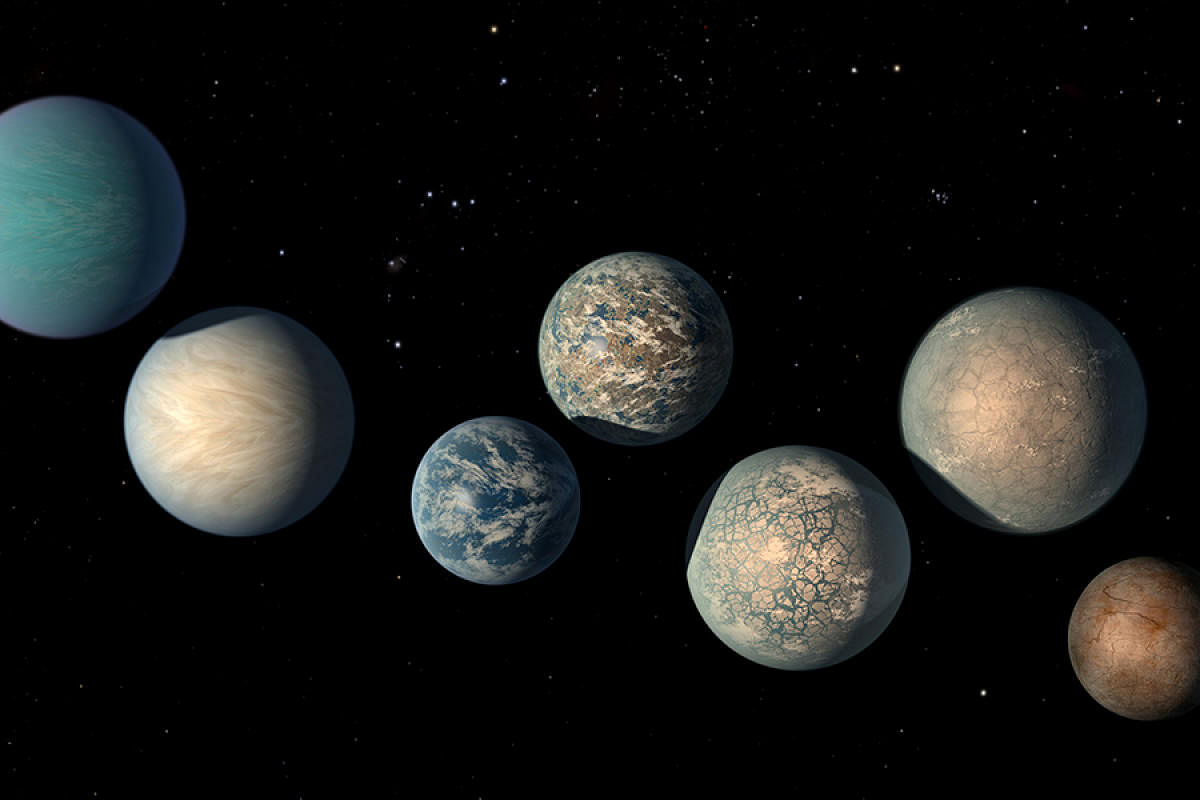
The universe is an interesting medley of diverse objects. There are giant, heavy black holes and galaxy superclusters, and then there are infinitesimally tiny, invisible quarks and electrons that make up most matter. Objects like stars radiate energy while planets and moons rely on it to become a world of their own—just like our Earth.
Even within our solar system, not all planets are created equal—the four closest to the Sun, with iron and rocks on their surfaces, are rocky planets while the other four are massive gas giants with swirling gases and no hard surfaces.
Although the Earth is the only planet among the eight to harbour life, Earth-like rocky planets are of special interest to scientists. They believe if life exists elsewhere in the universe, it must be on one of the 10 billion rocky planets thought to exist.
Half the stars with temperatures similar to Sun are estimated to have a rocky planet with liquid water on the surface, and over 300 million exist in the Milky Way. Beyond our solar system, scientists have explored over 5,000 exoplanets of which 187 are Earth-like rocky planets that could be potentially habitable. A big breakthrough came in 2017 when astronomers at NASA discovered a planetary system around a star called TRAPPIST-1. This ultra-cool dwarf star, much cooler and redder than our Sun, is located 39 lightyears away in the Aquarius constellation. It is named after NASA’s ground-based TRAPPIST (TRAnsiting Planets and PlanetesImals Small Telescope) telescope that helped in the discovery.
TRAPPIST-1 has seven Earth-size terrestrial planets orbiting it, and scientists believe any of them could have liquid water on the surface. These planets, named TRAPPIST-1a through TRAPPIST-1g, are thought to be between 5.4 and 9.8 billion years old, or twice as old as our solar system. The planets are likely tidally locked and only one side of each planet always faces the star, creating perpetual day and night sides on them. With data from the telescopes, scientists have deciphered that TRAPPIST-1b and c are the warmest of the lot as they receive the most light from the star, and TRAPPIST-1e, f and g are more likely to have surface water. While there aren’t any signs of life as yet, TRAPPIST-1 could be a flashy new address as we explore to find habitable worlds of the future!